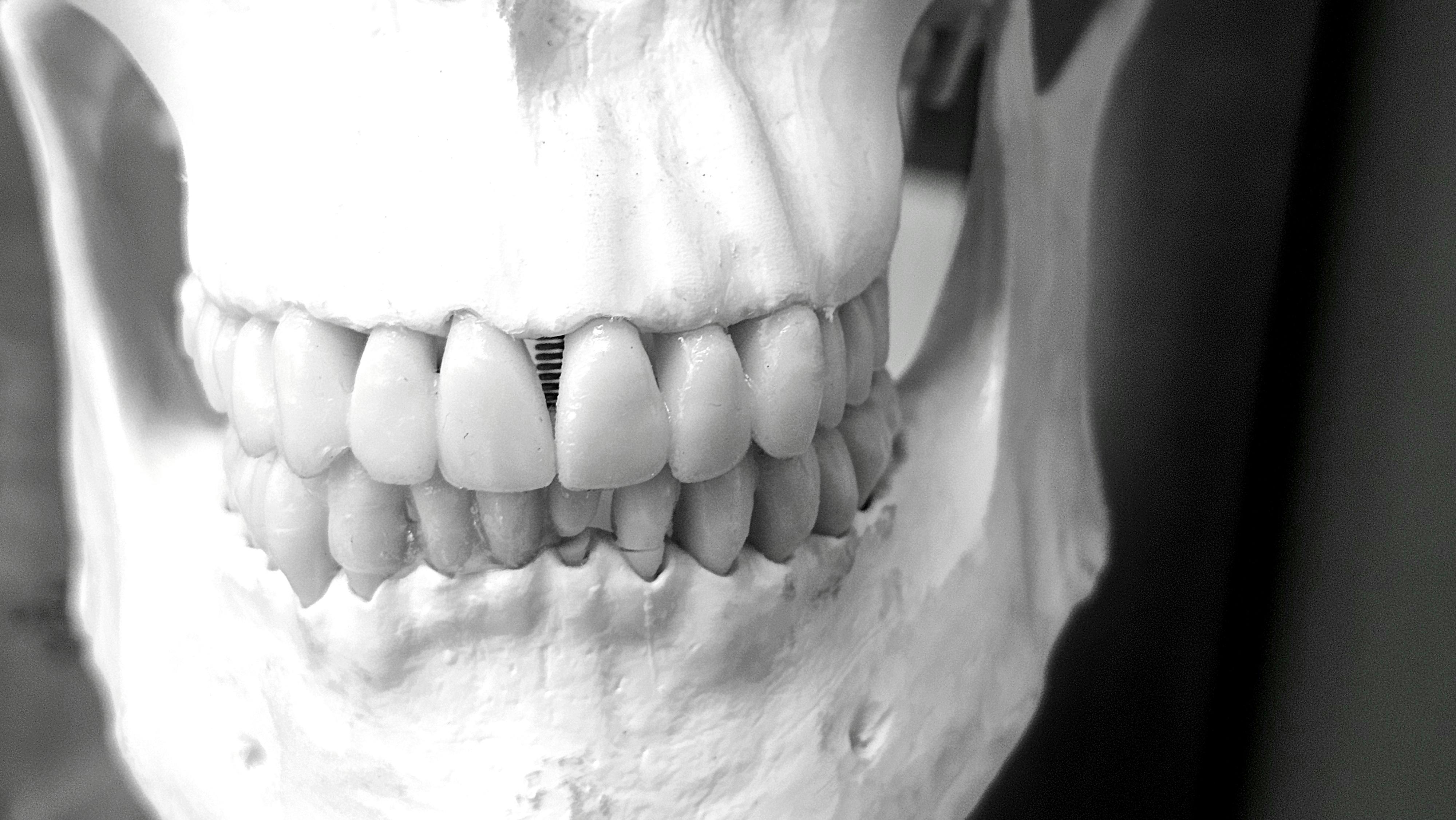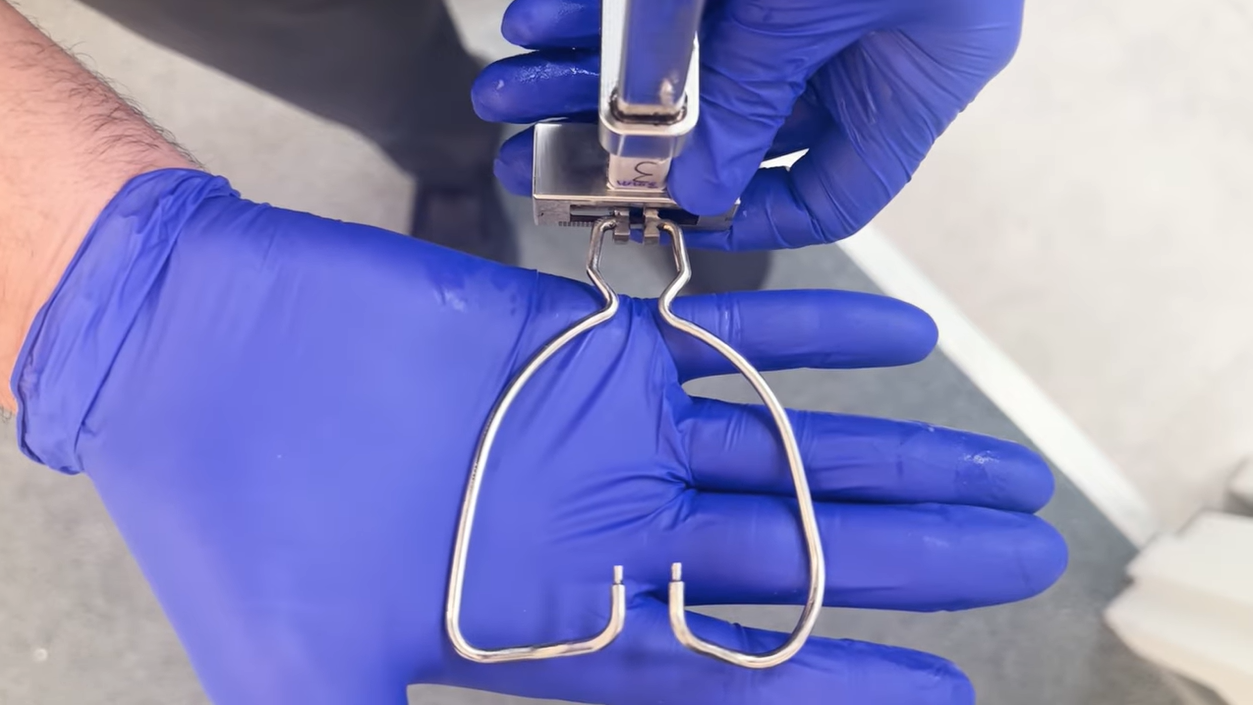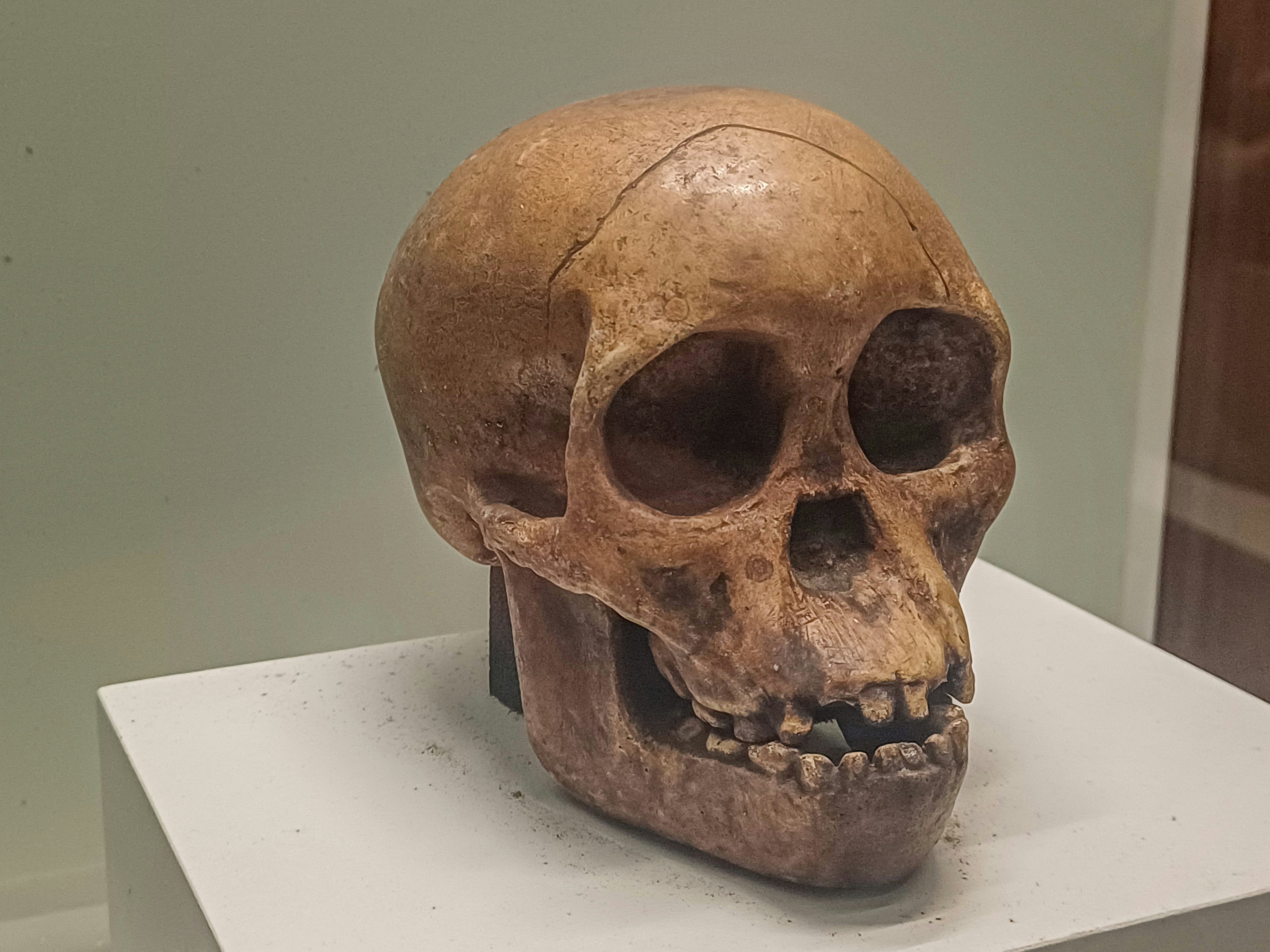
Double Jaw Surgery: What to Expect, Costs, and Recovery
Double jaw surgery, also known as bimaxillary orthognathic surgery, is a comprehensive procedure that moves both the upper jaw (maxilla) and lower jaw (mandible) to improve facial balance, bite function, and in many cases, airway and breathing. This transformative surgery can address both functional and aesthetic concerns that significantly impact quality of life.
What Is Double Jaw Surgery?
Double jaw surgery is a complex oral and maxillofacial procedure that involves surgically repositioning both the upper and lower jaws to achieve optimal function, aesthetics, and airway health. Unlike single-jaw procedures, this comprehensive approach allows for complete facial harmony and maximum functional improvement.
The surgery involves making precise cuts in the jawbones, repositioning them according to a detailed surgical plan, and securing them with titanium plates and screws. The entire procedure is performed from inside the mouth, leaving no external scars.
Conditions Treated by Double Jaw Surgery
Double jaw surgery is often the solution for complex cases that cannot be adequately addressed through orthodontics alone:
Bite Problems
- Severe underbites: Lower jaw significantly protrudes beyond upper jaw
- Severe overbites: Upper jaw extends far beyond lower jaw
- Open bites: Front teeth don't meet when back teeth are together
- Crossbites: Misalignment of upper and lower jaw widths
Facial Asymmetry
- Uneven jaw growth
- Facial imbalance from birth defects
- Trauma-related deformities
- Congenital conditions affecting jaw development
Airway and Breathing Issues
- Obstructive sleep apnea
- Upper Airway Resistance Syndrome (UARS)
- Chronic mouth breathing
- Narrow airways affecting sleep quality
Functional Problems
- Difficulty chewing or biting
- Speech impediments
- Chronic jaw pain
- Jaw joint dysfunction
Why People Choose Double Jaw Surgery
While some pursue jaw surgery primarily for facial harmony, many are motivated by serious health and functional concerns:
Health-Related Motivations
- Breathing improvement: Opening restricted airways
- Sleep quality: Reducing sleep apnea and UARS symptoms
- Pain relief: Addressing chronic jaw pain
- Functional restoration: Improving chewing, speaking, and swallowing
Quality of Life Benefits
- Enhanced facial balance and aesthetics
- Improved self-confidence
- Better sleep leading to increased energy
- Reduced chronic pain and discomfort
- Improved oral function
The Double Jaw Surgery Process
Understanding the complete process helps set realistic expectations:
Pre-Surgical Phase (6-18 months)
- Comprehensive evaluation: Including sleep studies, airway analysis, and facial imaging
- Pre-surgical orthodontics: Aligning teeth within each jaw
- Surgical planning: 3D imaging and virtual surgical planning
- Medical clearance: Ensuring optimal health for surgery
Surgical Planning Technology
Modern jaw surgery utilizes advanced technology:
- 3D CT scans: Detailed bone structure analysis
- Virtual surgical planning: Computer-guided surgical simulation
- Custom surgical guides: Ensuring precise jaw positioning
- Predictive imaging: Showing expected post-surgical results
The Surgery Day
Duration: Typically 3-6 hours depending on complexity
Procedure steps:
- General anesthesia: Ensuring complete comfort and safety
- Upper jaw surgery: Repositioning the maxilla
- Lower jaw surgery: Repositioning the mandible
- Additional procedures: Chin surgery (genioplasty) if needed
- Securing with hardware: Titanium plates and screws
- Closure: Suturing incisions inside the mouth
Hospital Stay
- Duration: 1-3 days typically
- Monitoring: Pain management, swelling control, airway observation
- Initial recovery: Beginning the healing process under medical supervision
Recovery Timeline and Expectations
Recovery from double jaw surgery is a gradual process with distinct phases:
Week 1-2: Initial Recovery
- Swelling: Peak swelling occurs around day 3-4
- Diet: Liquid diet only
- Pain management: Prescription medications
- Activity: Rest and limited movement
- Follow-up: Regular check-ins with surgical team
Week 3-6: Early Healing
- Swelling reduction: Gradual improvement in facial appearance
- Diet progression: Soft foods introduction
- Jaw function: Limited opening, gentle movement
- Return to work: Possible for desk jobs
Month 2-3: Continued Improvement
- Increased function: Better jaw opening and movement
- Diet expansion: More varied soft foods
- Exercise: Gradual return to light activities
- Orthodontic phase: Beginning post-surgical orthodontics
Month 3-6: Major Healing
- Significant improvement: Most swelling resolved
- Normal diet: Gradual return to regular foods
- Full function: Near-normal jaw movement
- Final results: Becoming apparent
6-12 Months: Complete Recovery
- Final healing: Bone completely healed
- Orthodontic completion: Final bite refinement
- Full function: Complete return to normal activities
- Final results: Stable, long-term outcome
Double Jaw Surgery Costs
The financial investment in double jaw surgery varies significantly based on multiple factors:
Cost Breakdown (USD)
United States: $25,000 - $50,000+
- Surgeon fees: $15,000 - $25,000
- Hospital costs: $8,000 - $15,000
- Anesthesia: $2,000 - $4,000
- Pre/post-operative care: $2,000 - $6,000
Canada: $20,000 - $40,000 CAD
- Similar breakdown to US costs
- Some provincial coverage for medical necessity
Factors Affecting Cost
- Surgeon experience: Highly specialized surgeons command higher fees
- Geographic location: Urban centers typically more expensive
- Hospital facility: Academic medical centers vs. private facilities
- Complexity: Extent of jaw movement and additional procedures
- Insurance coverage: Medical necessity vs. cosmetic classification
International Options
Many patients consider medical tourism for cost savings:
Popular destinations:
- Turkey: $8,000 - $15,000
- South Korea: $10,000 - $20,000
- Mexico: $8,000 - $18,000
- Thailand: $10,000 - $18,000
Considerations for medical tourism:
- Research surgeon credentials thoroughly
- Factor in travel and accommodation costs
- Consider follow-up care logistics
- Understand legal recourse limitations
Insurance Coverage
Coverage varies significantly:
- Medical necessity: Sleep apnea, functional problems may be covered
- Cosmetic classification: Typically not covered
- Documentation required: Sleep studies, functional assessments
- Pre-authorization: Essential for any potential coverage
Risks and Considerations
Like any major surgery, double jaw surgery carries risks that must be carefully considered:
Common Risks
- Numbness: Temporary or permanent lip/chin numbness (5-10% permanent risk)
- Swelling: Significant facial swelling for weeks to months
- Pain: Manageable with medication but can be substantial initially
- Infection: Risk of surgical site infection
- Bleeding: Potential for significant bleeding during or after surgery
Serious Complications (Rare)
- Nerve damage: Permanent facial numbness or weakness
- Jaw joint problems: Joint issues post-surgery
- Relapse: Jaws moving back toward original position
- Tooth damage: Root damage or tooth loss
- Airway compromise: Breathing difficulties post-surgery
Long-term Considerations
- Orthodontic needs: Extended post-surgical orthodontics
- Bite changes: Adjustment period for new bite
- Hardware issues: Potential need for plate removal
- Revision surgery: Small percentage may need additional procedures
Maximizing Success
The best outcomes occur when surgery is part of a comprehensive treatment approach:
Pre-Surgical Optimization
- Myofunctional therapy: Establishing proper muscle patterns
- Expansion therapy: MSE or FME to optimize jaw width
- Sleep study: Documenting breathing improvements needed
- Orthodontic preparation: Proper tooth positioning
Post-Surgical Support
- Continued myofunctional therapy: Maintaining proper function
- Breathing exercises: Optimizing airway use
- Physical therapy: Jaw mobility and function
- Long-term orthodontics: Final bite refinement
Is Double Jaw Surgery Worth It?
Patient satisfaction rates are generally high, with many reporting life-changing improvements:
Commonly Reported Benefits
- Dramatically improved sleep: Reduced sleep apnea, better rest quality
- Enhanced breathing: Easier nasal breathing, reduced mouth breathing
- Balanced facial structure: Improved facial harmony and proportions
- Boosted confidence: Significant improvement in self-image
- Better oral function: Improved chewing, speaking, swallowing
- Pain relief: Reduction in chronic jaw pain
Realistic Expectations
- Recovery time: Full recovery takes 6-12 months
- Adjustment period: Learning to function with new jaw position
- Ongoing care: Long-term orthodontic and medical follow-up
- Individual variation: Results vary based on individual anatomy and healing
Choosing the Right Surgeon
Selecting an experienced oral and maxillofacial surgeon is crucial:
Key Qualifications
- Board certification: Oral and maxillofacial surgery
- Hospital privileges: Ability to perform surgery at accredited facilities
- Experience: Significant experience with orthognathic surgery
- Continuing education: Current with latest techniques
Questions to Ask
- How many double jaw surgeries do you perform annually?
- Can you show before/after photos of similar cases?
- What is your complication rate?
- How do you handle post-operative complications?
- What is your revision surgery rate?
Final Thoughts: A Life-Changing Decision
Double jaw surgery isn't just cosmetic—it's often the final step in a comprehensive facial and functional transformation. If you're struggling with poor breathing, significant jaw misalignment, sleep apnea, or midface collapse, it might be the solution you've been searching for.
The decision to undergo double jaw surgery should never be taken lightly. It requires careful consideration of the risks, benefits, costs, and recovery commitment. However, for the right candidates, it can provide life-changing improvements in breathing, sleep, function, and quality of life.
The key to success lies in:
- Choosing an experienced, qualified surgeon
- Having realistic expectations about recovery
- Committing to the full treatment process
- Understanding both the risks and benefits
- Ensuring proper post-operative care and follow-up
For many patients, double jaw surgery represents not just a physical transformation, but a pathway to better health, improved function, and enhanced quality of life. When performed by skilled surgeons as part of a comprehensive treatment plan, it can truly be life-changing.


